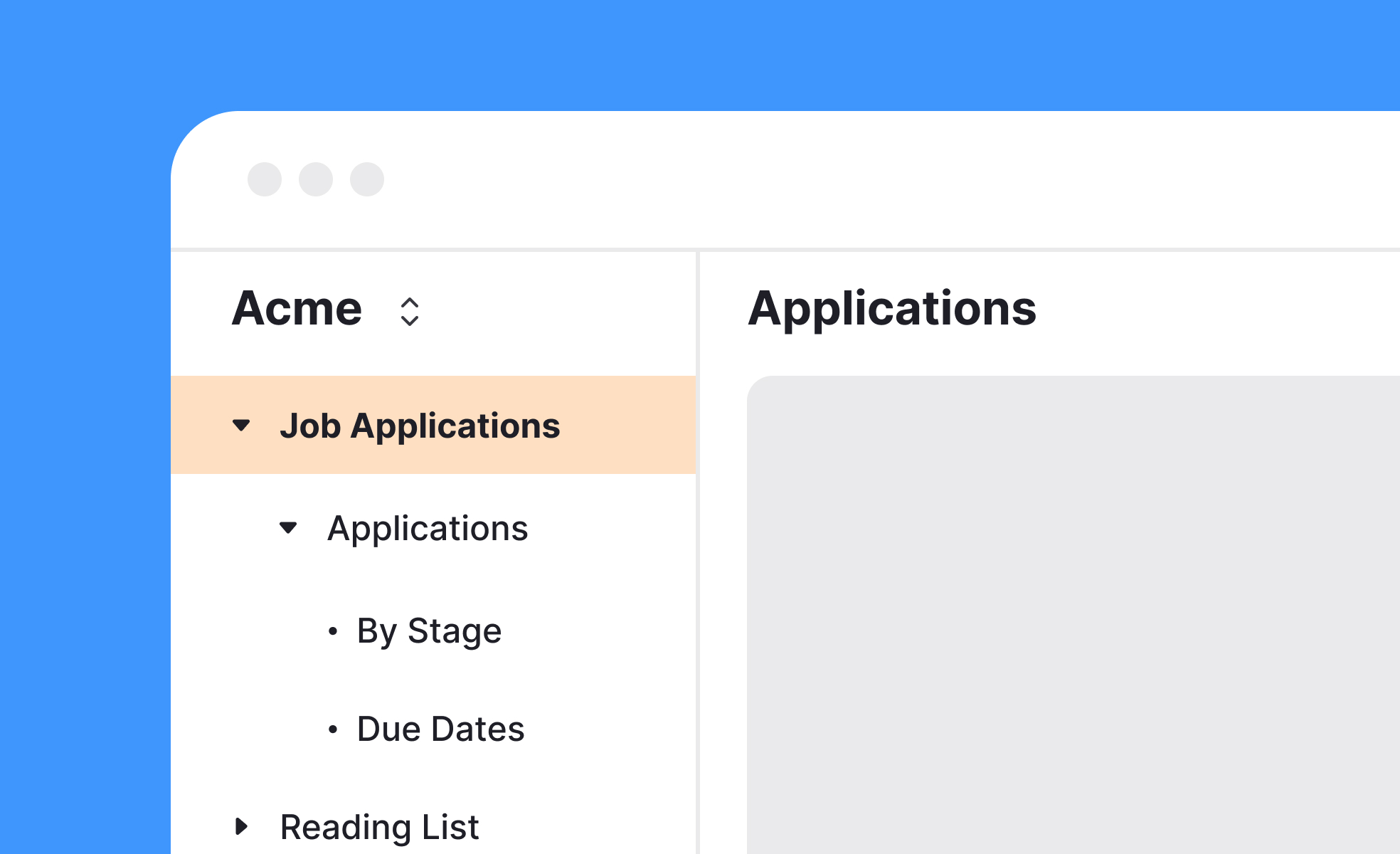Nesting
Nested UI elements are those elements that are contained or organized hierarchically within other elements. Nested elements are typically used to group related content or functionality and provide a clear visual and functional structure to the user interface. Common examples of nested UI elements include dropdown menus, accordion menus, tabbed interfaces, and navigation menus.

Nesting in design refers to the practice of placing or organizing elements within a hierarchical structure or containment hierarchy. It involves grouping or encapsulating related elements or components within a parent element or container, creating a structured and organized design composition.
Nesting is important in design for several reasons:
- Organizational structure: Nesting helps establish a logical and hierarchical structure within a design. It allows for the grouping of related elements, making it easier to manage and maintain the design as it grows in complexity.
- Visual hierarchy: Nesting assists in establishing a clear visual hierarchy by defining relationships between elements. Elements nested within a parent container are visually connected and perceived as being subordinate to the parent, providing a sense of order and structure.
- Modularity and reusability: Nesting promotes modularity and reusability by encapsulating elements into self-contained units. These units can be easily replicated, rearranged, or reused in different parts of the design, enhancing efficiency and consistency.
Nesting can be applied in various design practices, such as:
- Website or application structure: In web or app design, nesting can be used to structure the layout and organization of pages or screens. Elements like headers, navigation menus, and content sections can be nested within appropriate containers, ensuring a logical and intuitive structure.
- Design components: Nesting is commonly used in creating design components or UI elements. For example, a dropdown menu component may consist of nested elements such as a trigger button and a list of options.
- Typography and hierarchy: Nesting can also be applied to typographic elements to establish a clear hierarchy. For instance, headings and subheadings can be nested within appropriate tags or styling to visually indicate their relationship and importance.
Recommended resources
Courses

UX Design Foundations

Design Terminology

UI Components I
Lessons

Intro to UI Tab Navigation

Intro to HTML Elements











